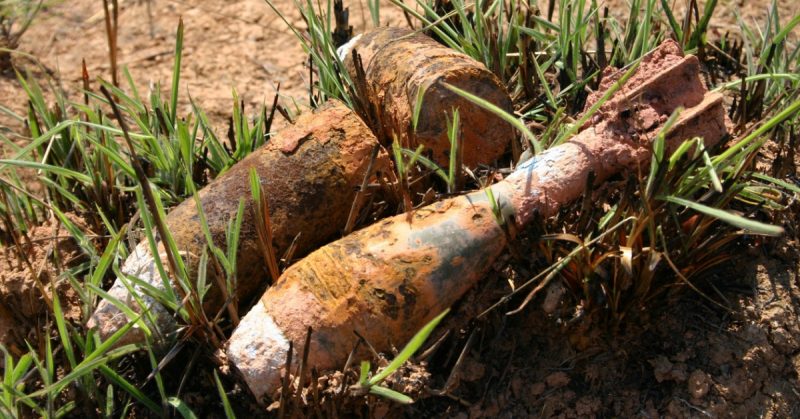Even though more than seven decades have passed since the end of World War II, hardly a day passes in Germany without somebody coming across a dud bomb.
There are still countless bombs and enormous amounts of ammunition hidden in the ground. In some parts, it’s like walking through a minefield.
Particularly affected are cities that were heavily bombed by the Allies in the Second World War, such as Hamburg, Dresden, Cologne and Frankfurt and, of course, the densely populated Ruhr area.
Experts estimate that the Allies dropped 1.3 million tons of explosives during their history of unprecedented bombardment. Between five and twenty percent of the bombs did not explode.
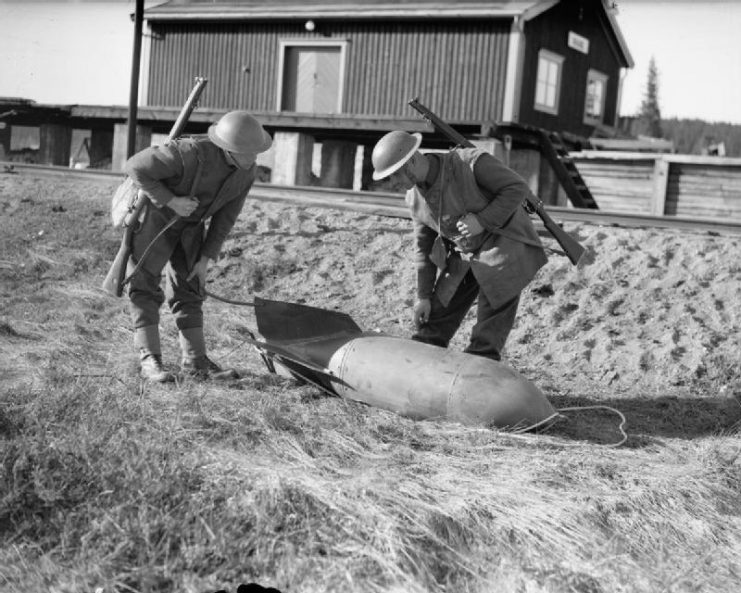
But that still does not answer the question of whether present-day fatalities resulting from unexploded WW2 bombs would count as a casualty of that terrible war.
In theory, the people who are killed in such a way would technically count as casualties resulting from a WW2 weapon.
However, it is implausible that historians would include these new casualties to the list of people who have died as a cause of one of the bloodiest war in human history.
The simple reason is that the war is over. What remains under the ground is a remnant from the past that hopefully will not harm anyone in the present.
You may ask yourself why all the focus on Germany? Many other countries suffered from bombing too.
So, let’s allay that complaint once and for all. We are going to look at the two places where the most air bombs fell during the Second World War, namely the UK and Germany. This is distinguished from where the biggest bombs fell because no one will ever forget Nagasaki and Hiroshima.
However, for our purposes, the focus is on the quantity of bombs dropped, so we shall look at these two countries in Europe.
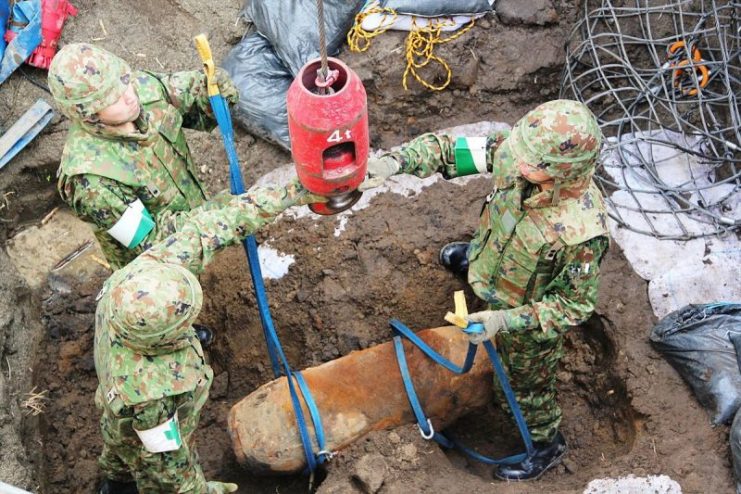
Bombs in the UK
After the capitulation of France on June 22, 1940, the Nazi leadership wanted to defeat Britain as quickly as possible to free up its resources for the intended war against the Soviet Union.
On August 13, 1940, the Germans began the Battle of Britain in order to gain the necessary air superiority for the planned invasion of England. The large-scale attacks of the Luftwaffe focused on British naval units, arms industries, air defense positions, and Royal Air Force bases in southern England.
They anticipated that, within a few weeks, the south English defense network should be smashed or, in the best case, Britain forced to capitulate.
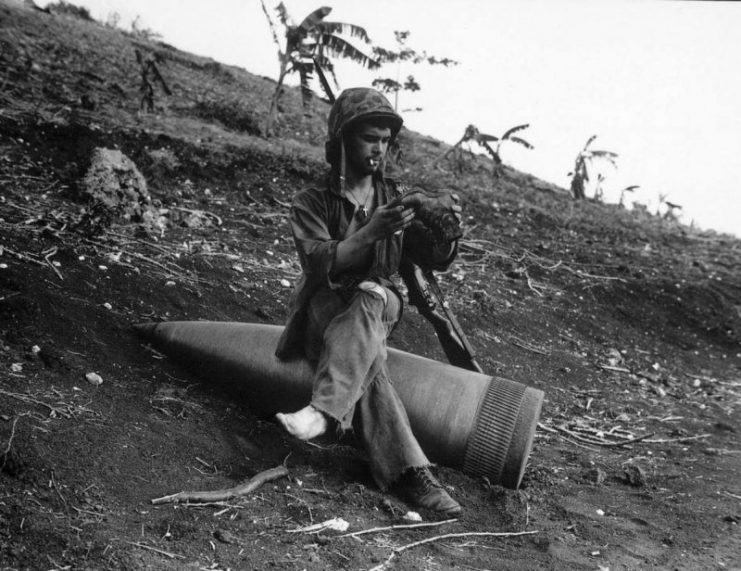
About 24,000 tons of high explosive during the course of 85 air raids fell on London alone. In total, the UK received 30,000 tons of high explosive resulting in the deaths of 40,000 people.
Not all of the bombs detonated. There are still thousands of tons hidden under the ground to this day.
An estimated 15,000 military items, ranging from unexploded bombs to small mortar rounds and grenades, were removed from UK construction sites between 2006 and 2008 according to a guide on dealing with unexploded devices released by the Construction Industry Research and Information Association (CIRIA) in 2009.
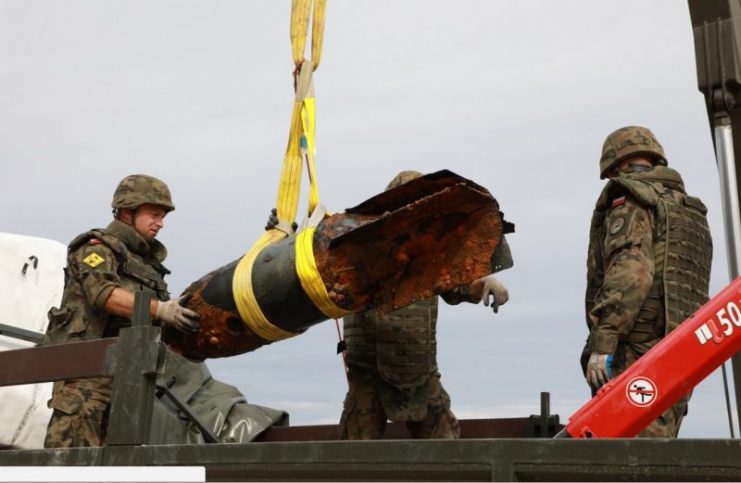
The risk of these air bombs lies in their unpredictability. They are fundamentally unbalanced and still contain high amounts of active explosives. That’s the reason they are treated so seriously and have to be disposed of safely and adequately.
Britain suffered some heavy bombing, particularly at the hands of some 4,000lb monsters nicknamed ‘Satan bombs,’ and the damage was vast. You can get an idea of the potential damage from the cordons the army and bomb disposal unit put in place today when dealing with uncovered bombs of this type.
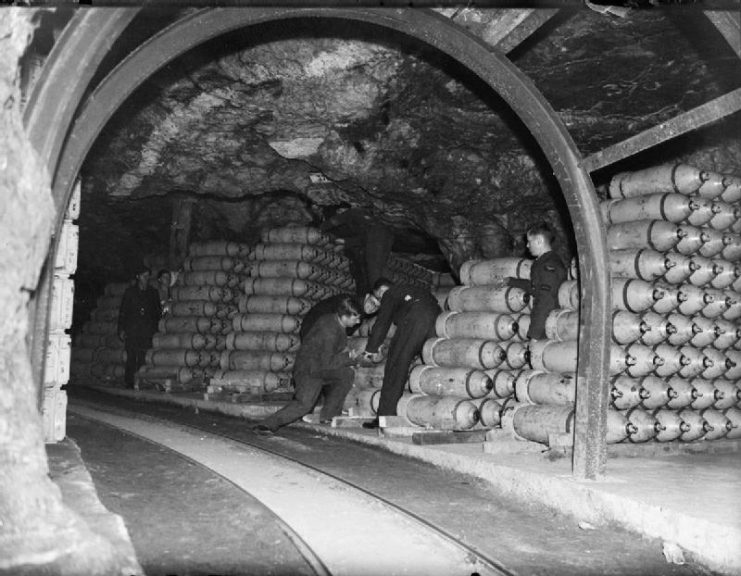
In May 2015, the UK had a serious reminder of just how dangerous these lethal souvenirs from the past can be. Over 300 homes were evacuated around Wembley after a 110lb bomb was found. Luckily, nobody was hurt, unlike some of the other stories from Germany.
There are countless stories of WWII bombs cropping up all over Germany
One afternoon, the driver of an excavator encountered a WW2 bomb while conducting archaeological work at Nuthewinkel in Germany. Had he moved it, he would be dead today, just like in so many similar cases involving excavator and milling machine drivers being killed in Germany as a result of WW2 bombs dropped by the Allies.
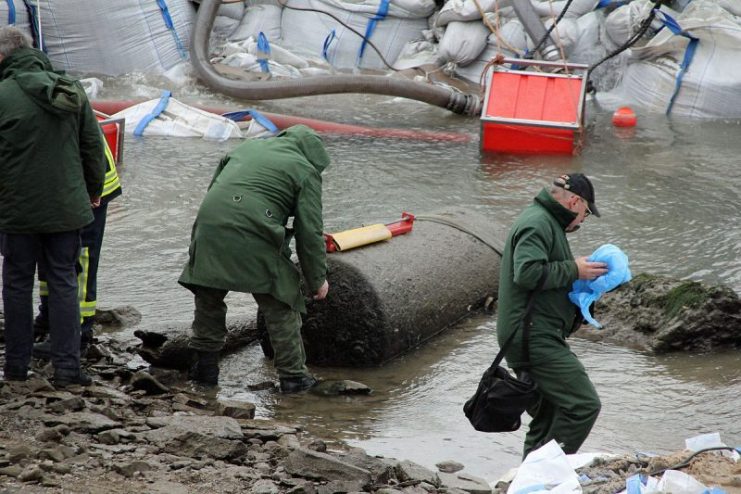
Before we look at some close calls and not so close calls, let’s take a look at how those bombs got to Germany in the first place.
In 1942, Arthur Harris, the Chief of RAF Bomber Command (also called “Bomber Harris”), sent 234 bombers of the British Royal Air Force against Lübeck. This was after he promised that Britain would bomb Germany, one city after the other.
On the night of March 29, 1942, they turned the city into rubble and just over two months later, more than 1,000 aircraft attacked Cologne.
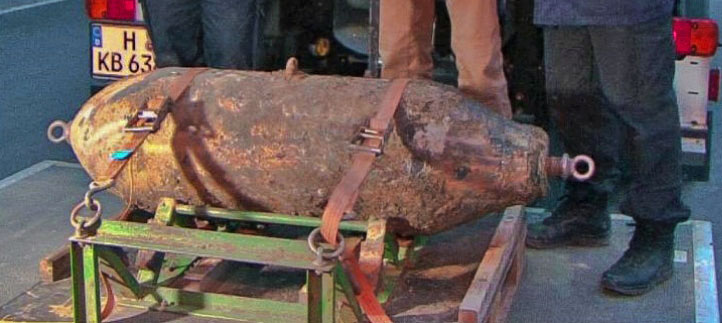
Hamburg, Berlin, Munich, Bremen, and Stuttgart – hardly a German city escaped the ire of the British and American bomber squadrons during the Second World War.
The heaviest attack was on Dortmund. More than 4,800 tons of bombs hit the city on March 12, 1945. The day before, around 4,700 tons of explosive had destroyed the city of Essen in the Ruhr.
With his strategy of destroying German cities and the centers of production, Harris hoped to end the war quickly. An endless barrage of explosives was supposed to break German morale.
The result was a war of terror against the civilian population.
According to estimates, some 600,000 civilians died due to the air raids during the Second World War.
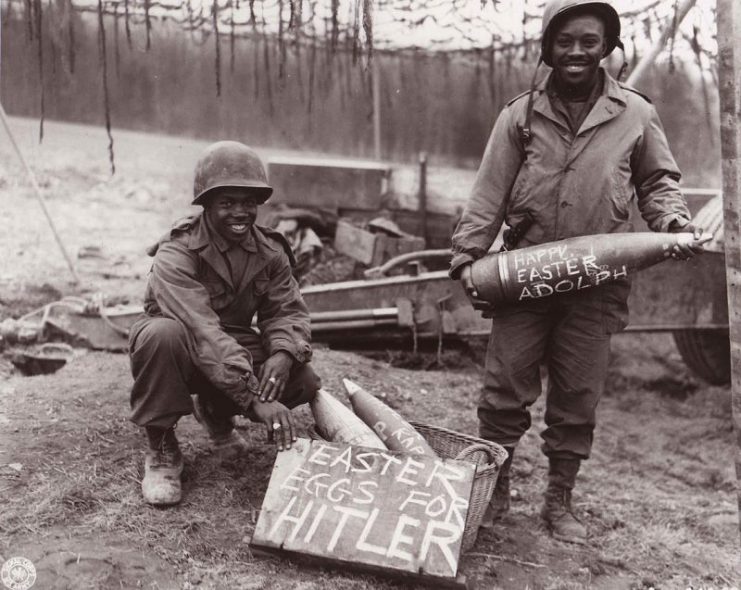
A Dredger shoots past the window
Probably the most dramatic case of modern-day wrath from WW2 remnants dates back to April 26, 1978.
It all happened in Rheine, a town in the Münsterland, during some routine construction work. The drill belonging to an excavator encountered a bomb that immediately exploded. The driver, Günter Lehmann, and two further construction workers, Wolfgang Bartsch and Norbert Ansmann, died on the spot.
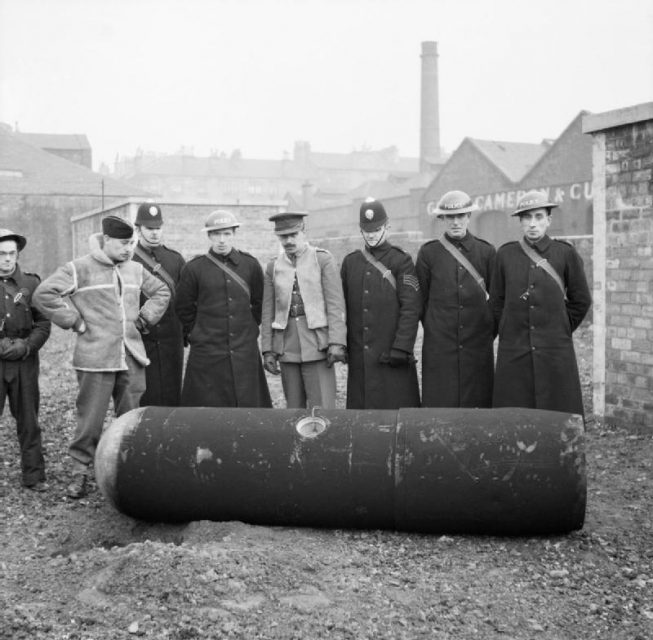
People nearby were also seriously injured when at precisely 14:02 the earth shook with a massive explosion in the Matthiastrasse in the city center. As it turned out, a British 1,100lb bomb had exploded, hurling the excavator through the air.
The driver was still alive. He was catapulted to a height of three stories, so high that even the then city director, Clemens Ricken, saw him flying from his office in the town hall.
“Downtown Rheine is a battleground” or “Chaos everywhere” wrote the Münsterländische Volkszeitung newspaper. An inch-thick layer of dirt covered the Matthiastrasse. Flying bricks and concrete chunks damaged up to 40 cars.
The explosion also ripped a 16-foot-deep crater and cut off telephone lines. Due to destroyed pipelines, parts of the city were without water and gas.
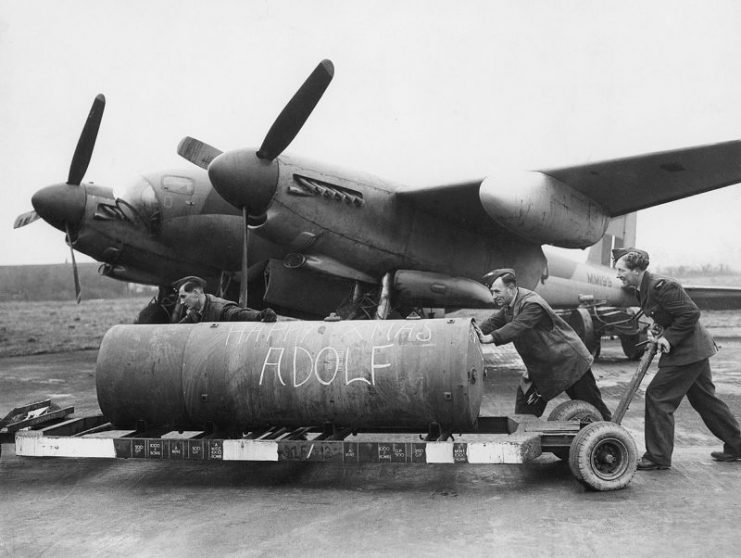
Deadly air mines
At the beginning of January 2014 in Euskirchen near Bonn, a construction worker also ended up dead. Thirteen people were injured, two of them seriously.
Cars were demolished in a large area and buildings were almost obliterated, parts shattered. Supposedly, an aerial mine had exploded, the ignition having failed decades ago.
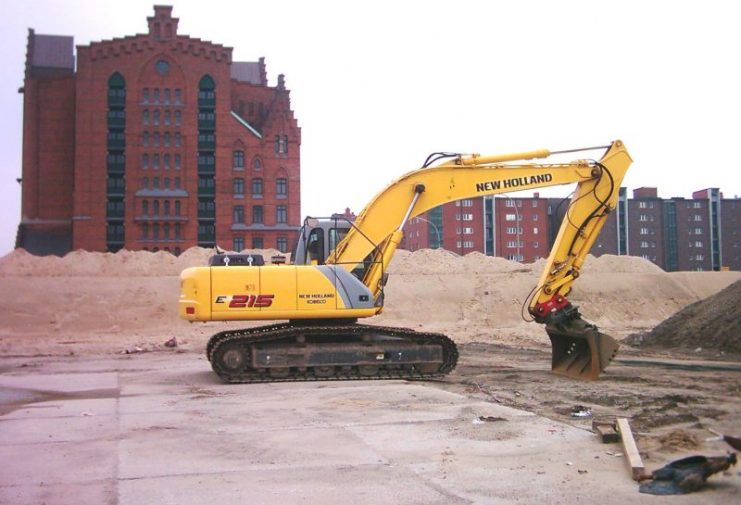
The 50-year-old excavator driver worked for a company that had rented the site for the storage and recycling of rubble. During midday, he was busy transporting debris to the shredder when the bomb suddenly exploded.
Explosives experts from the State Office of Criminal Investigation confirmed the culprit was a dud World War II bomb.
Only the surface was skimmed with those anecdotes from the UK and Germany. Judging by the millions of tons of explosives dropped during the Second World War it is more than likely that further fatalities and damage will occur.
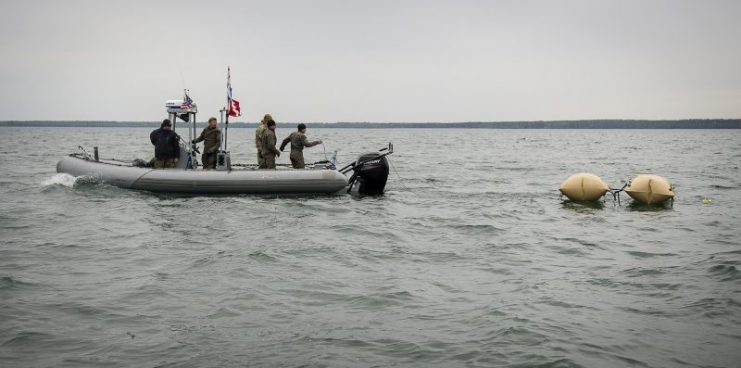
Is it a WW2 death – yes or no?
Apart from that, another fact is clear: none of those deaths, no matter how tragic, added to the already humongous death toll of World War Two. These incidents and others which were not mentioned in this article were modern day events resulting from explosive debris left from the carpet-bombing conducted by the Allies and the German air force.
History is an inexact science because it is based on sources such as word of mouth. However, WW2 was the first war that was almost fully documented and recorded on film, especially by the thorough Germans.
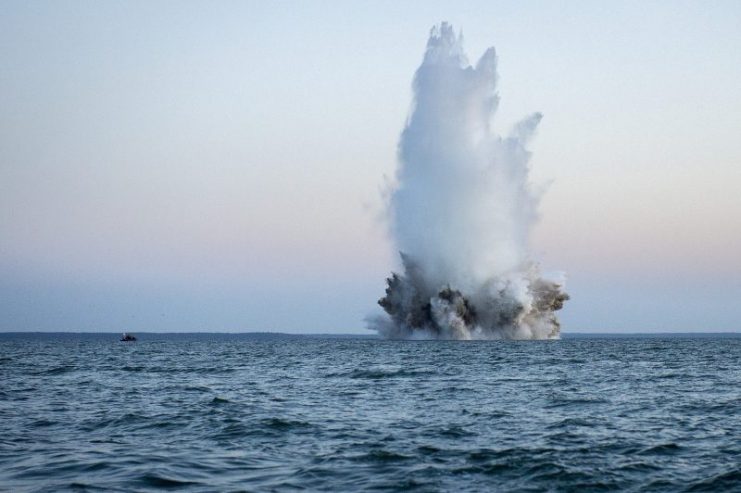
And despite this incredible feat of historical documentation, historians still cannot decide what precisely constitutes a casualty of war apart from the obvious: soldiers, civilians bombed in cities, etc.
Read another story from us: Wartime Family Heirloom Turns Out to Be An Unexploded Bomb
On that note, why don’t we just say that World War 2 caused millions of deaths and in some cases, the ghostly past of that very same conflict still comes back to haunt us to this day?
Just remember when you’re next walking through Germany or parts of the UK that unpleasant WW2 reminders may still lurk under the ground.
